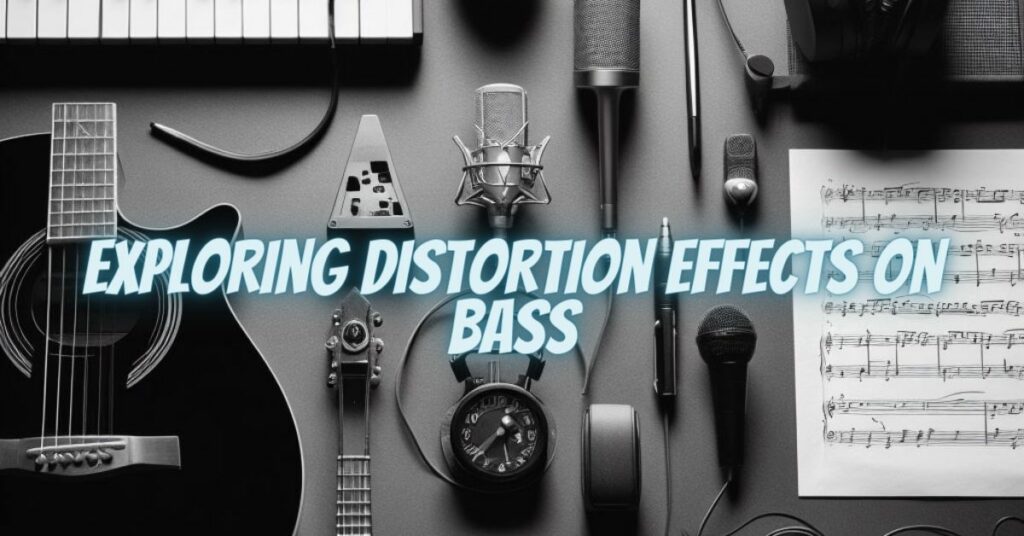The use of distortion in music, often associated with electric guitars, has been embraced by bassists to add depth, character, and aggression to their sound. While many bassists traditionally aim for clean and deep low-end tones, distortion can introduce a unique sonic palette to bass playing. In this article, we’ll explore the question of whether distortion sounds good on bass, its sonic effects, and when it might be used to enhance the low-frequency groove.
The Appeal of Distortion on Bass
Distortion, when applied to a bass guitar, can have several appealing qualities:
- Character and Warmth: Distortion adds harmonics and saturation to the bass sound, resulting in a warmer, more organic tone. It can provide a vintage, tube-like character that some musicians find irresistible.
- Sonic Grit: Distorted bass introduces a grit and edge that can cut through the mix, making it an effective choice for rock, punk, and metal genres where aggressive and bold basslines are crucial.
- Enhanced Presence: When used judiciously, distortion can increase the presence and impact of the bass guitar. This can be especially advantageous in live performances, ensuring the bass doesn’t get lost in the mix.
- Tonal Versatility: Distortion pedals often come with various controls, allowing bassists to shape the distorted sound according to their preferences. This versatility makes it a valuable tool for tonal exploration.
Effects of Distortion on Bass
When distortion is applied to a bass guitar, several sonic effects become prominent:
- Increased Sustain: Distortion can extend the sustain of bass notes, creating a more dynamic and expressive playing experience.
- Harmonic Richness: The addition of harmonics can enrich the sound, making it more complex and textured.
- Clipping and Compression: Distortion introduces a form of signal clipping, resulting in a degree of compression that evens out the dynamics of the bass performance.
- Tone Shaping: Many distortion pedals come with EQ controls, enabling bassists to fine-tune the tone by adjusting parameters like bass, midrange, and treble.
- Overdrive vs. Fuzz: Different types of distortion, such as overdrive and fuzz, produce varying degrees of saturation and clipping. Overdrive is often associated with a smoother, tube-like sound, while fuzz creates a more extreme and buzzy effect.
When to Use Distortion on Bass
While distortion can be a valuable tool for bassists, its use should be considered in the context of the music and the desired sonic outcome. Here are some scenarios where using distortion on bass can be particularly effective:
- Rock and Metal: Distortion is a staple in rock and metal genres, providing the power and aggression needed for impactful basslines.
- Artistic Expression: Musicians often use distortion to create a signature sound and add a creative edge to their bass performance.
- Live Performances: Distortion can enhance the presence and audibility of the bass in live settings, ensuring that the low-end frequencies are felt and heard.
- Recording and Studio Work: In the studio, bassists have the freedom to experiment with different effects, including distortion, to craft a unique and fitting tone for a particular song or album.
Distortion on bass can provide a wide range of sonic possibilities, from adding warmth and character to creating gritty, aggressive tones. Its use ultimately depends on the musical context and the artistic vision of the bassist. While distortion may not be suitable for every genre or every song, it’s a valuable tool for those looking to push the boundaries of bass playing and explore the rich textures and dynamics that it can introduce to their sonic palette.


